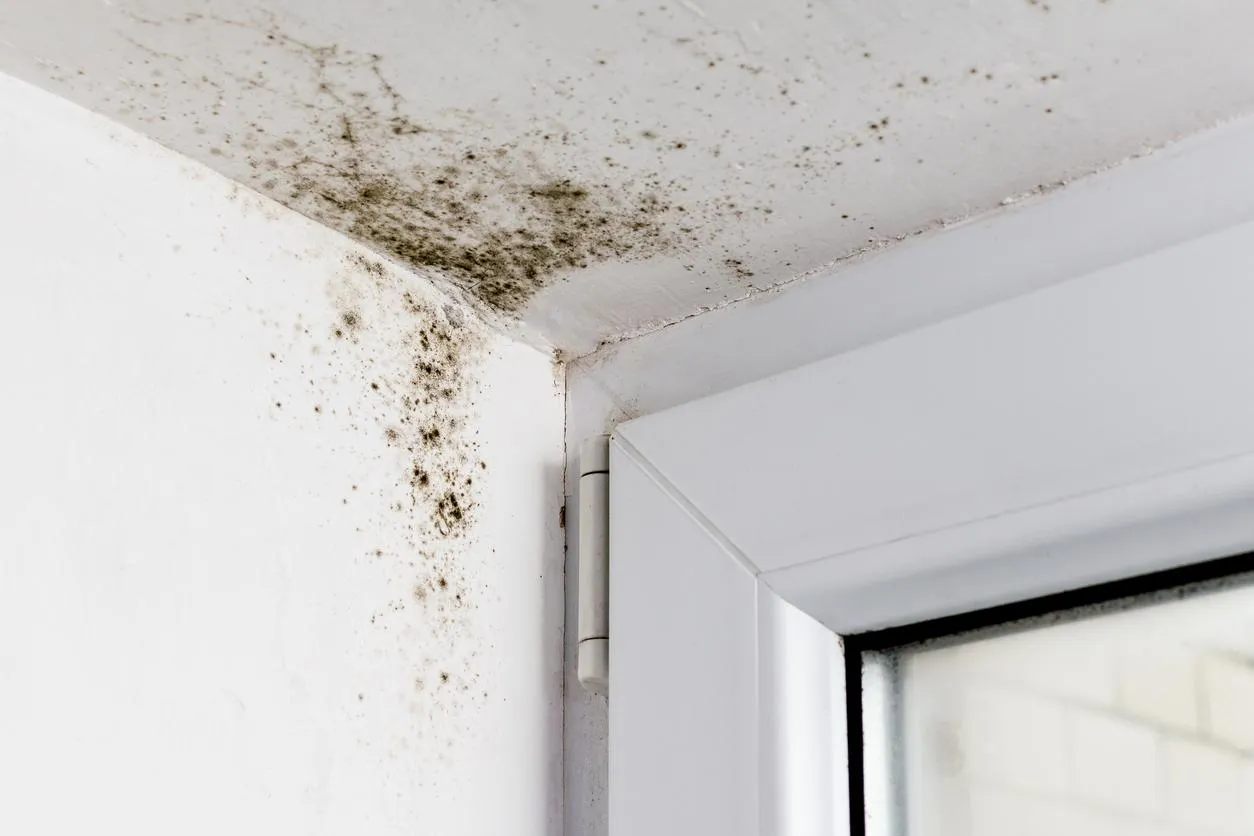Commercial buildings lose money every day through inefficient insulation. Poor temperature control increases heating and cooling demands, raises energy costs, and shortens the life of HVAC systems. Many property owners overlook insulation as a strategic investment. But the long-term financial impact can be significant.
Whether you're managing a warehouse, office space, or mixed-use facility, improving insulation isn’t just about comfort. It’s about reducing recurring expenses and improving operational efficiency. This guide explains how commercial insulation Contractor directly affects profitability—and what steps building owners can take to improve it.
How Poor Insulation Increases Operating Costs
Inadequate insulation leads to consistent energy waste. This means higher monthly bills and unstable indoor conditions that affect tenants and equipment.
How Energy Escapes Through Commercial Structures
Buildings lose conditioned air through the roof, walls, windows, doors, and slab. Gaps in insulation or air sealing allow heat to move in or out uncontrollably. This forces HVAC systems to compensate, consuming more power and working harder over time.
Common Building Types With Insulation Gaps
- Older commercial properties that predate modern energy codes
- Warehouses with exposed metal walls
- Buildings with flat or poorly ventilated roofs
- Offices with dropped ceilings and outdated ductwork
In these cases, heat escapes in winter and infiltrates in summer—leading to constant temperature correction cycles.
Key Impacts on Operational Budget
- Increased HVAC runtime: Units cycle more often, causing higher maintenance and shorter lifespan.
- Electricity and gas spikes: Utility bills climb significantly during peak seasons.
- Discomfort complaints: Tenants or employees may raise concerns, affecting satisfaction or productivity.

Benefits of Adding or Upgrading Commercial Insulation
Investing in insulation provides measurable cost savings and operational improvements. It also aligns with energy efficiency goals increasingly required by local and federal regulations.
Direct Financial Improvements
- Lower energy bills: Upgrades can cut energy use by 10–30% depending on the starting point.
- Reduced equipment strain: Systems run more efficiently, needing fewer repairs or early replacements.
- Insurance incentives: Some providers offer lower premiums for energy-efficient structures.
Indoor Comfort and Occupant Productivity
Stable temperatures improve comfort for both customers and employees. In retail spaces, this supports better customer experiences. In offices, comfort contributes to fewer complaints and better employee performance.
Long-Term Asset Protection
Proper insulation can reduce moisture buildup, prevent structural issues, and protect stored goods or equipment. This is especially relevant for manufacturing and logistics buildings.
Choosing the Right Insulation Method for Your Building
Different structures and purposes require different insulation solutions. Choosing based on the building’s usage and structure can maximize return on investment.
Insulation Material Comparison Table
Why Spray Foam Is Used in Commercial Applications
Spray foam creates a continuous barrier that seals air leaks and adds structural strength. It’s suitable for irregular surfaces and reaches tight corners. For commercial properties with high HVAC loads or irregular layouts, it’s often the most efficient choice.
How to Identify Insulation Gaps in a Commercial Property
Knowing where your building loses energy is the first step toward solving the problem.
Professional Energy Audits
A commercial energy audit uses thermal imaging and blower door tests to identify leaks and insulation weak points. These tests reveal how much energy escapes and where retrofits will have the most effect.
Visual and Performance Indicators
- Uneven heating or cooling in different zones
- Condensation or water stains on walls or ceilings
- Rising utility costs year-over-year without added occupancy
- Drafts or cold spots near doors, vents, or windows
Addressing even minor air leaks can lead to significant reductions in operating costs.

How Commercial Insulation Helps Meet Energy Codes and Green Certifications
Insulation improvements aren’t just about savings. In many locations, they’re becoming legally or contractually necessary.
Code Compliance
Building energy codes (e.g., IECC, ASHRAE 90.1) require certain thermal resistance levels for commercial buildings. Upgrades ensure compliance and reduce liability during resale or inspection.
Green Certifications
Energy-efficient insulation contributes to LEED, ENERGY STAR, and similar certifications. These add resale value, tenant appeal, and may qualify owners for tax incentives or rebates.
Conclusion
Poor insulation is one of the most overlooked sources of waste in commercial buildings. It drains profits slowly but steadily—through higher energy bills, overworked HVAC systems, and unstable indoor conditions.
Fixing it doesn’t have to be complex. A targeted insulation upgrade using high-performance materials like spray foam can seal leaks, lower energy use, and improve occupant comfort. Commercial properties that address thermal inefficiencies proactively often see fast returns, better long-term asset performance, and improved energy compliance.
Property owners evaluating recurring energy costs should consider insulation a controllable expense, not just a sunk one.
Click Here: https://innovativehomeperformance.com/?utm_source=backlink
FAQs
How does insulation directly reduce business utility bills?
It prevents heated or cooled air from escaping the building, which means HVAC systems don’t have to work as hard. This directly reduces electricity and fuel consumption, especially in large spaces.
Why is spray foam often recommended for commercial buildings?
Spray foam creates both an insulating and air-sealing layer. It conforms to irregular surfaces and reduces thermal bridging, making it highly efficient for commercial spaces with complex layouts.
Can insulation upgrades affect HVAC maintenance costs?
Yes. By improving thermal control, HVAC units run fewer cycles, which reduces wear and lowers the frequency of repairs or premature system replacements.
Are insulation improvements required to meet building codes?
Most energy codes set minimum insulation levels. If a building doesn’t meet them, especially after renovation or change of use, owners may face compliance issues or penalties.
What is the best way to evaluate my building’s insulation performance?
A commercial energy audit offers the most accurate evaluation. It uses thermal imaging and airflow analysis to find insulation gaps and recommend targeted fixes.
Reviewer: Maria Lopez offered detailed feedback after reviewing this post. Her 10 years of experience in spray foam work helped guide the tone and suggestions toward realistic strategies.






Comments